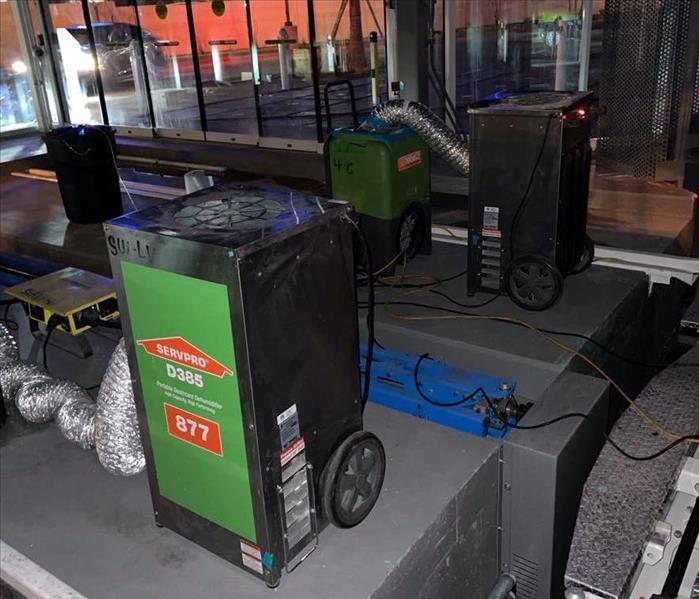How Different Water Damage Categories Affect Mold Growth
9/11/2024 (Permalink)
 If you experience water & mold damage, contact SERVPRO of Southwest Las Vegas for professional and prompt mitigation services.
If you experience water & mold damage, contact SERVPRO of Southwest Las Vegas for professional and prompt mitigation services.
In Las Vegas, NV, dealing with water damage after storms or plumbing issues is a common challenge. It’s crucial to understand the different categories of water damage and how they impact mold growth to manage the situation effectively. Here's a detailed guide to help you navigate through this issue.
What Are the Categories of Water Damage?
Water damage is classified into three categories based on the source of water and its contamination level. Knowing these categories helps in taking the right actions to mitigate damage and prevent mold growth.
Category 1: Clean Water
Clean water comes from a sanitary source and poses no immediate health risks. This includes water from broken pipes, overflowing sinks, or rainwater. Although it is safe initially, it can become a breeding ground for mold if not addressed quickly.
Category 2: Gray Water
Gray water is slightly contaminated water from sources like washing machines, dishwashers, or toilet overflow (containing urine but no feces). This water contains microorganisms and can cause illness if ingested. It accelerates mold growth due to the organic material present.
Category 3: Black Water
Black water is highly contaminated and includes sewage, floodwater from rivers or streams, and water containing fecal matter. This category poses serious risk and requires immediate professional remediation due to the high level of contaminants.
How Each Category Impacts Mold Growth
Understanding the impact of each water damage category on mold growth is essential for effective remediation.
Category 1: Clean Water
Even though clean water is safe initially, mold can begin to grow within 24-48 hours after water damage occurs according to the Environmental Protection Agency (EPA). Mold spores thrive in damp environments, so it's crucial to dry the area promptly to prevent mold growth.
Category 2: Gray Water
Gray water promotes mold growth more rapidly due to its contamination level. The organic material in gray water provides nutrients for mold, making it easier for spores to spread. Quick cleanup and drying are vital to prevent extensive mold contamination.
Category 3: Black Water
Black water creates the highest risk for mold growth. The contaminants and organic materials present provide an ideal environment for mold. Immediate professional intervention is necessary to handle black water safely and effectively, as delaying cleanup can lead to severe mold infestations.
Keeping Your Home Safe Post-Water Damage
Understanding the different categories of water damage and their impact on mold growth is crucial for effective remediation. In Las Vegas, NV, being prepared and knowing how to respond to water damage can save you from expensive repairs. If you experience water damage, contact SERVPRO of Southwest Las Vegas for professional and prompt mitigation services.






 24/7 Emergency Service
24/7 Emergency Service